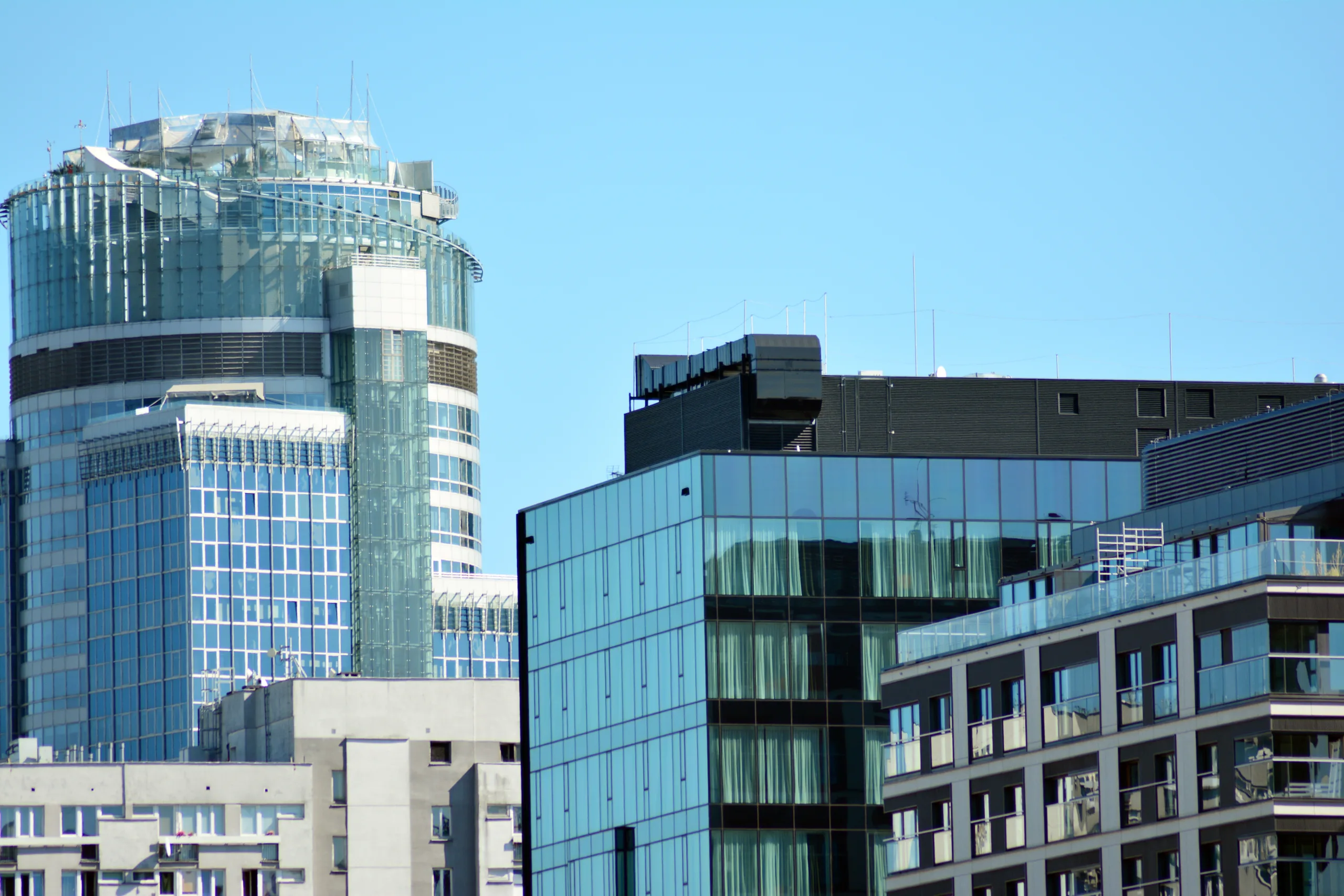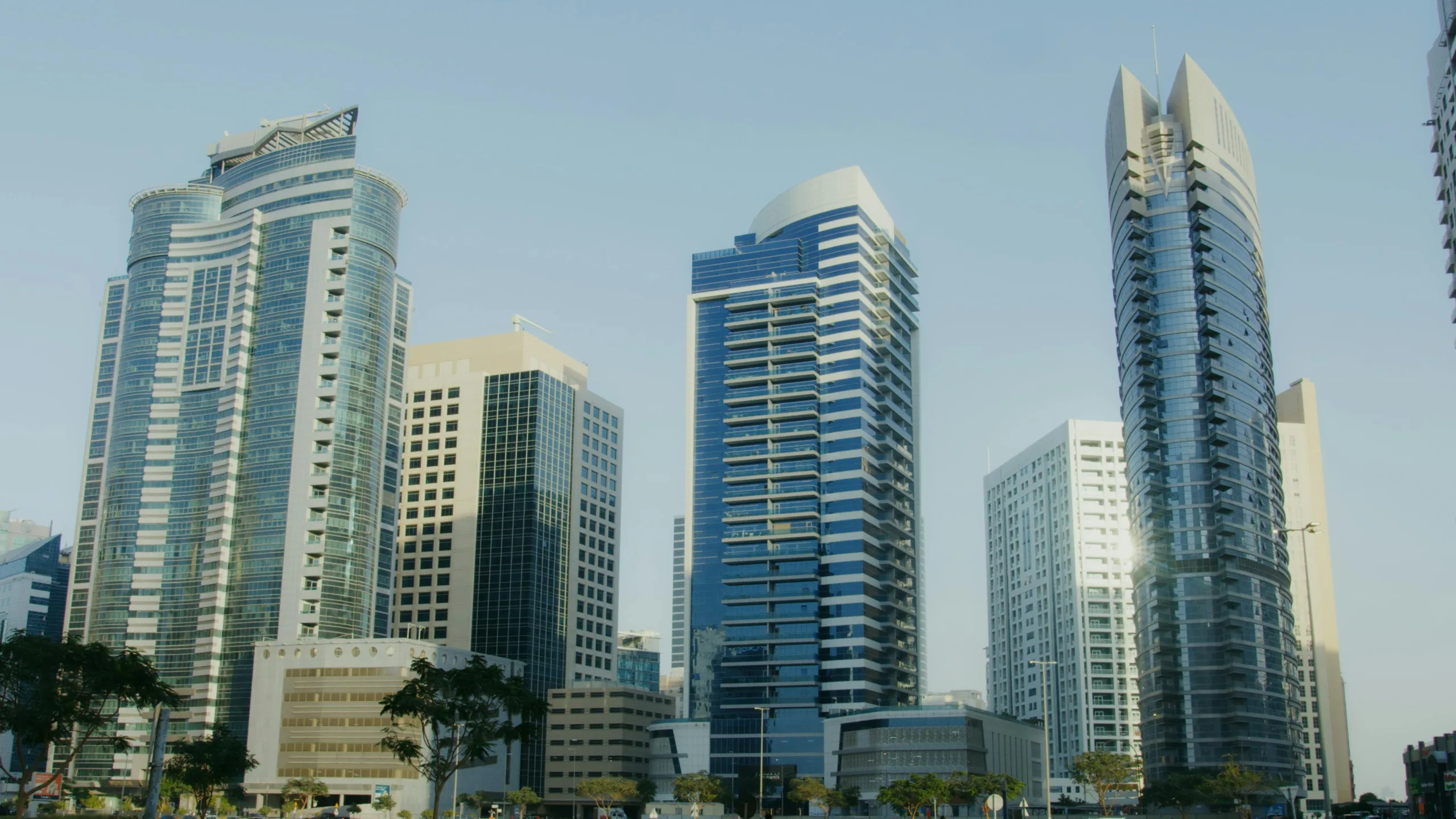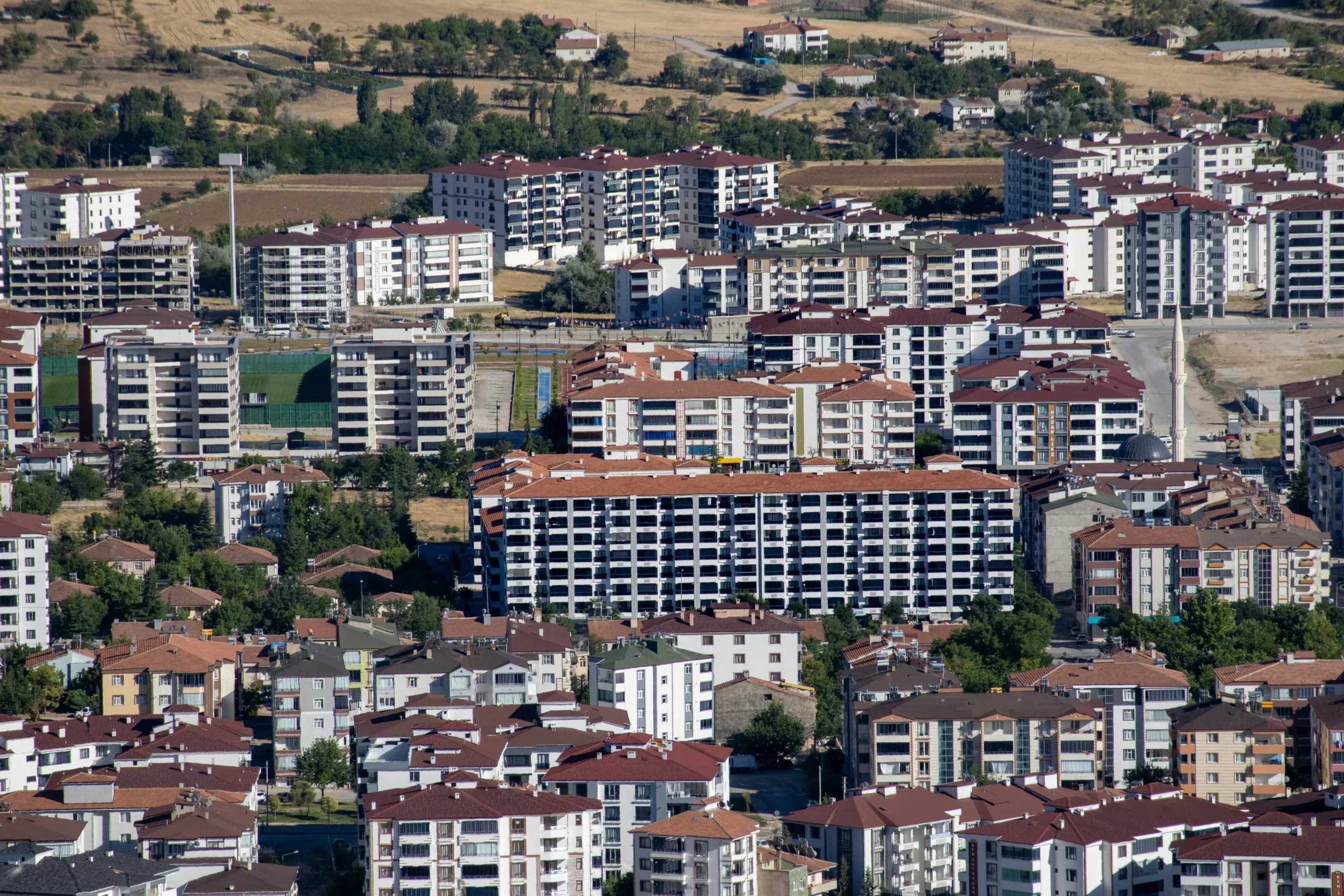- Office landlords with portfolios in Sun Belt markets such as Atlanta, Charlotte, and Dallas are seeing a surge in leasing activity as corporate relocations accelerate.
- Major landlords — including Cousins Properties, Highwoods Properties, and Piedmont Realty Trust — report increased interest from tech and financial services firms moving from cities like New York and San Francisco.
- While national office vacancy rates remain high, leasing momentum in Sun Belt markets is leading to rent growth, declining vacancy, and more favorable market dynamics for landlords.
Office Momentum Shifts South
While New York and San Francisco lead AI and finance recoveries, the Sun Belt is quietly emerging as a strong office market contender. Companies are relocating to cities such as Atlanta, Charlotte, and Dallas, as reported by CoStar. These moves are bringing new life to long-overlooked office markets.
Cousins Properties CEO Colin Connolly described the trend as a “firm reacceleration” of corporate migration into the Sun Belt. He cited a robust pipeline of leasing activity from financial services and tech firms. Many of these companies are based on the West Coast and in New York.
Landlords See Tailwinds
Atlanta-based Cousins and Piedmont Realty Trust, along with Raleigh-based Highwoods Properties, say their Sun Belt-centric strategies are paying off. In Charlotte alone, companies including Coinbase, Pacific Life, Citigroup, and AssetMark have signed new leases, establishing or expanding East Coast presences.
Highwoods, which focuses on markets like Raleigh, Nashville, Orlando, and Tampa, said it signed over 1M SF of leases through Q3. This marks its eighth consecutive quarter of momentum. New leases made up 35% of that volume, pointing to growing tenant confidence.
Get Smarter about what matters in CRE
Stay ahead of trends in commercial real estate with CRE Daily – the free newsletter delivering everything you need to start your day in just 5-minutes
Improving Fundamentals
Despite a national office vacancy rate above 14%, landlords report signs of recovery. According to CoStar, vacancy appears to have plateaued and is beginning to trend downward in some regions.
Piedmont Realty Trust noted it has boosted rents by up to 20% across its portfolio. CEO Brent Smith attributed this to rising tenant demand, a lack of new construction, and increased investment in portfolio improvements.
“Quality space is becoming harder to find,” Smith told investors, “and new developments are becoming more expensive for occupiers.”
Broader Rebound
Other landlords, including BXP, Kilroy Realty, and Vornado Realty Trust, echoed similar optimism in their recent earnings calls. CoStar now projects the US office market will see a net occupancy gain of 10M SF over the next year. This marks a major shift from earlier forecasts that predicted a 4M SF decline.
This recovery is being driven largely by migration trends. Companies are seeking lower-cost environments with favorable tax policies and access to talent — key characteristics of many Sun Belt metros.
“As we look around the Sun Belt,” Connolly said, “the migration of technology and financial services companies has been driven by moving out of high-tax, high-regulation states into dynamic markets with highly educated workforces. That trend isn’t slowing down.”
Why It Matters
The post-pandemic office recovery has been uneven, but Sun Belt landlords are emerging as early winners thanks to demographic shifts and corporate relocations. As office demand slowly rebounds, these markets may offer a roadmap for recovery — particularly for landlords willing to invest in high-quality space and strategic tenant targeting.


















